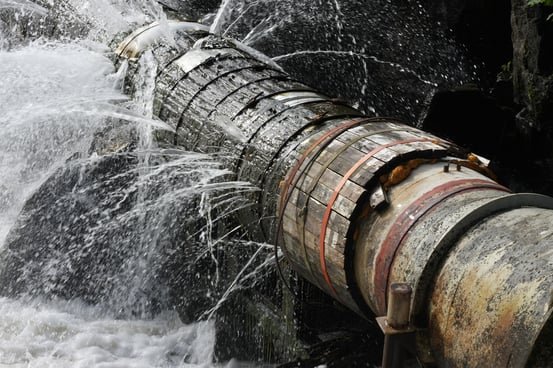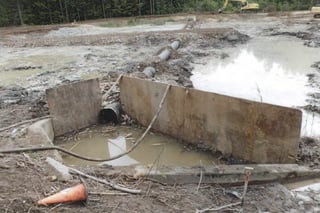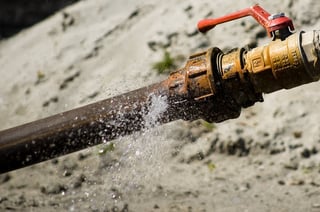Intelligent Water Line Leak Location Detection
- Home
- Team EJP Blog
- Intelligent Water Line Leak Location Detection
- Nov 16, 2015 8:44:18 AM
- Everett J. Prescott

When you have a water distribution system, leaks can seem inevitable. The average system loses about 10 gallons of water per person per day, which can mean thousands to millions of gallons of water lost in a very short period of time. Though you may have an idea of where a really colossal leak could be because of flooding or serious soil displacement, how do you catch those leaks before they become an emergency? Through intelligent leak detection technology.
Benefits of Locating Leaks in Your System
 Before you think that it's just a little water, let's take a look at the benefits of locating and repairing leaks in your distribution system. Leaks cost money in terms of unbilled water that's lost before it makes it to the meter. It also costs more in terms of pumping and treating the water. By fixing leaks in your system, you can minimize the amount of water lost without costing additional revenue. Locating leaks in newer lines can help reduce excavation costs while you try to figure out why you're pumping so much more water up the line than is coming back in revenues. Lastly, repairing the leaks in your system helps preserve one of our most precious natural resources - clean water.
Before you think that it's just a little water, let's take a look at the benefits of locating and repairing leaks in your distribution system. Leaks cost money in terms of unbilled water that's lost before it makes it to the meter. It also costs more in terms of pumping and treating the water. By fixing leaks in your system, you can minimize the amount of water lost without costing additional revenue. Locating leaks in newer lines can help reduce excavation costs while you try to figure out why you're pumping so much more water up the line than is coming back in revenues. Lastly, repairing the leaks in your system helps preserve one of our most precious natural resources - clean water.
DIY or Call In the Professionals?
Once you've decided to pursue leak location detection, the question is whether you purchase the testing equipment outright and train your people, a good option for larger municipalities and systems because it keeps the knowledge and equipment on hand for future testing, or do you hire in a professional who has their own equipment, a great option for smaller municipalities and systems that don't have an ongoing need for expensive equipment and specialized training? Ultimately, the decision is yours, but it's one that should be carefully considered by your funding organization, the workers who are responsible for the care and maintenance of your water distribution system, and the vendor from whom you'll purchase equipment or services from to ensure that everyone is on the same page. After all, if the people paying for the equipment or service or the technicians who will need to put it into use aren't in agreement on the costs, level of training and best methods, you may not get the results you're trying to find.
What You Need to Know Before You Call
 Whichever route you choose to take to find leaks in your water distribution system, you'll need to have some basic information on hand to help determine the best possible solution for leak detection. This information includes;
Whichever route you choose to take to find leaks in your water distribution system, you'll need to have some basic information on hand to help determine the best possible solution for leak detection. This information includes;
- How fast is the leak? Specifically, is it greater or less than two gallons per minute?
- Have you been able to determine which line it's located in? If not, can you eliminate some of the branches that don't seem to be leaking?
- What is the line's pressure rating? Have there been any issues lately where the pressure may have been exceeded?
- How deeply is the line buried? If it's buried below a certain depth, some types of leak detection equipment may not work.
What if You Need Help Now?
At Team EJP, we know that your water emergencies don't wait for a good time in your schedule. That's why we offer 24-hour emergency service, so you can get the equipment, personnel, trucks and material you need when your emergency can't wait. Leaks in your water distribution system can be a pain, but they're easily located and fixed when you have the right equipment or services at hand to take care of the problem. Contact us today to find out how we can help your system run more smoothly.









